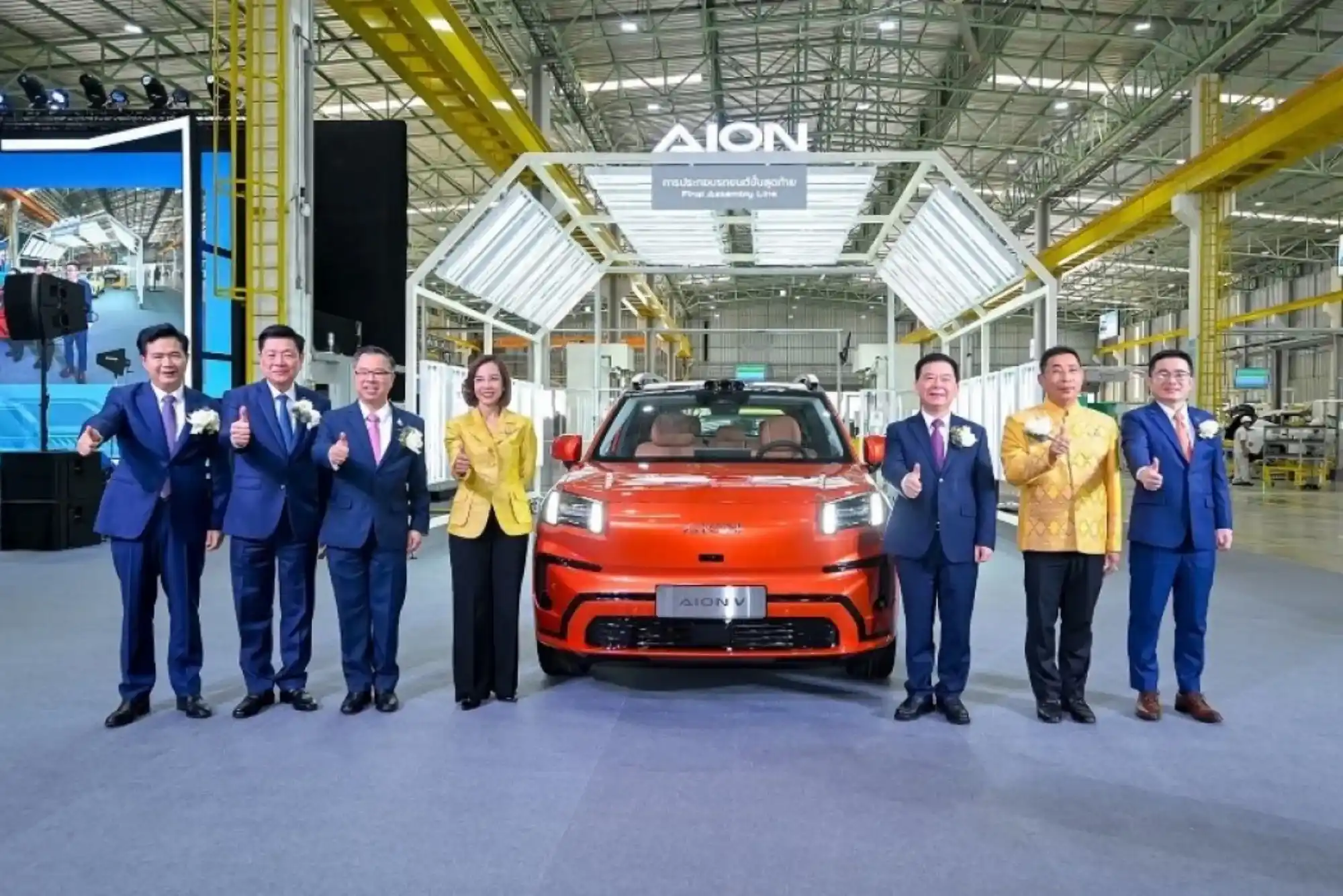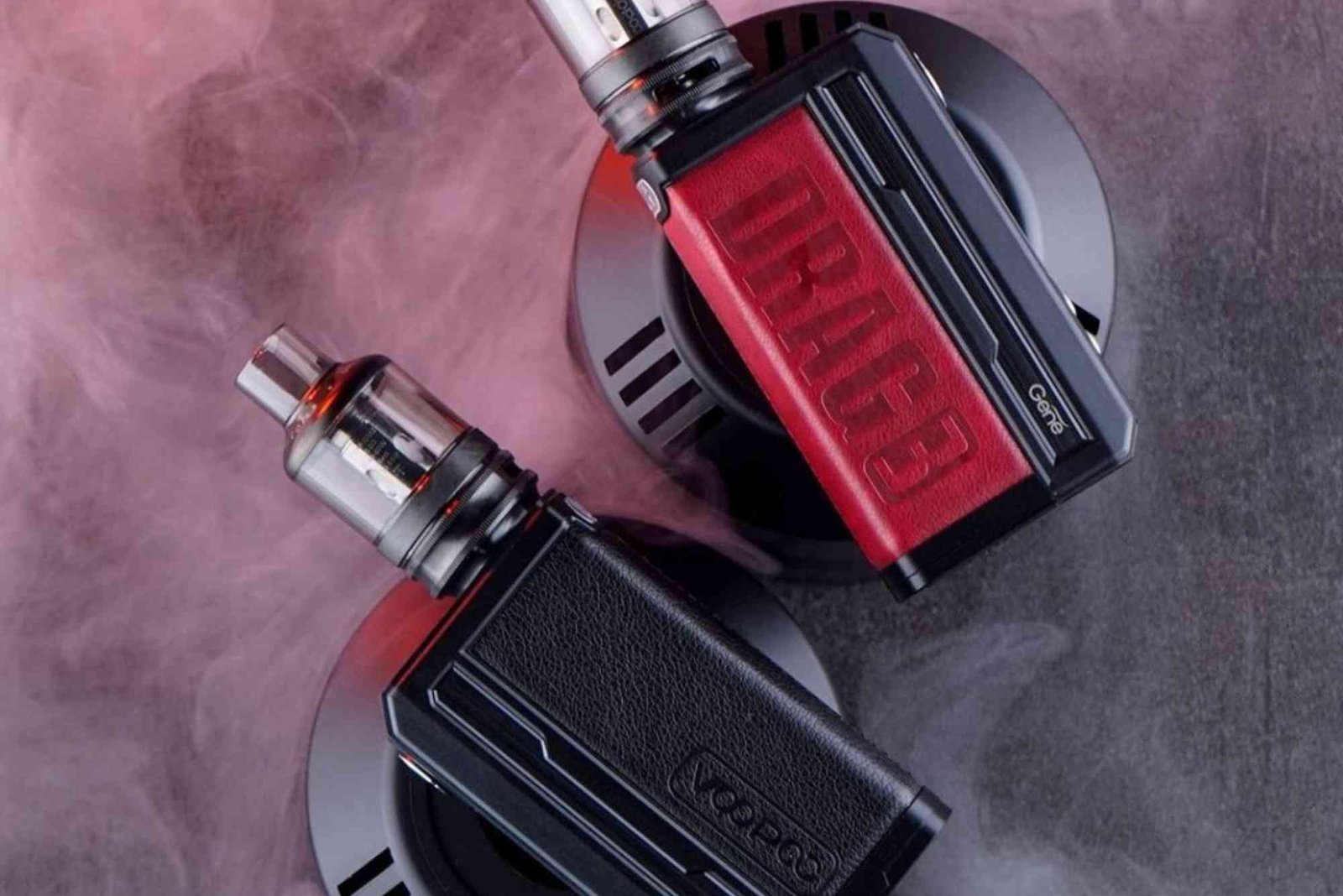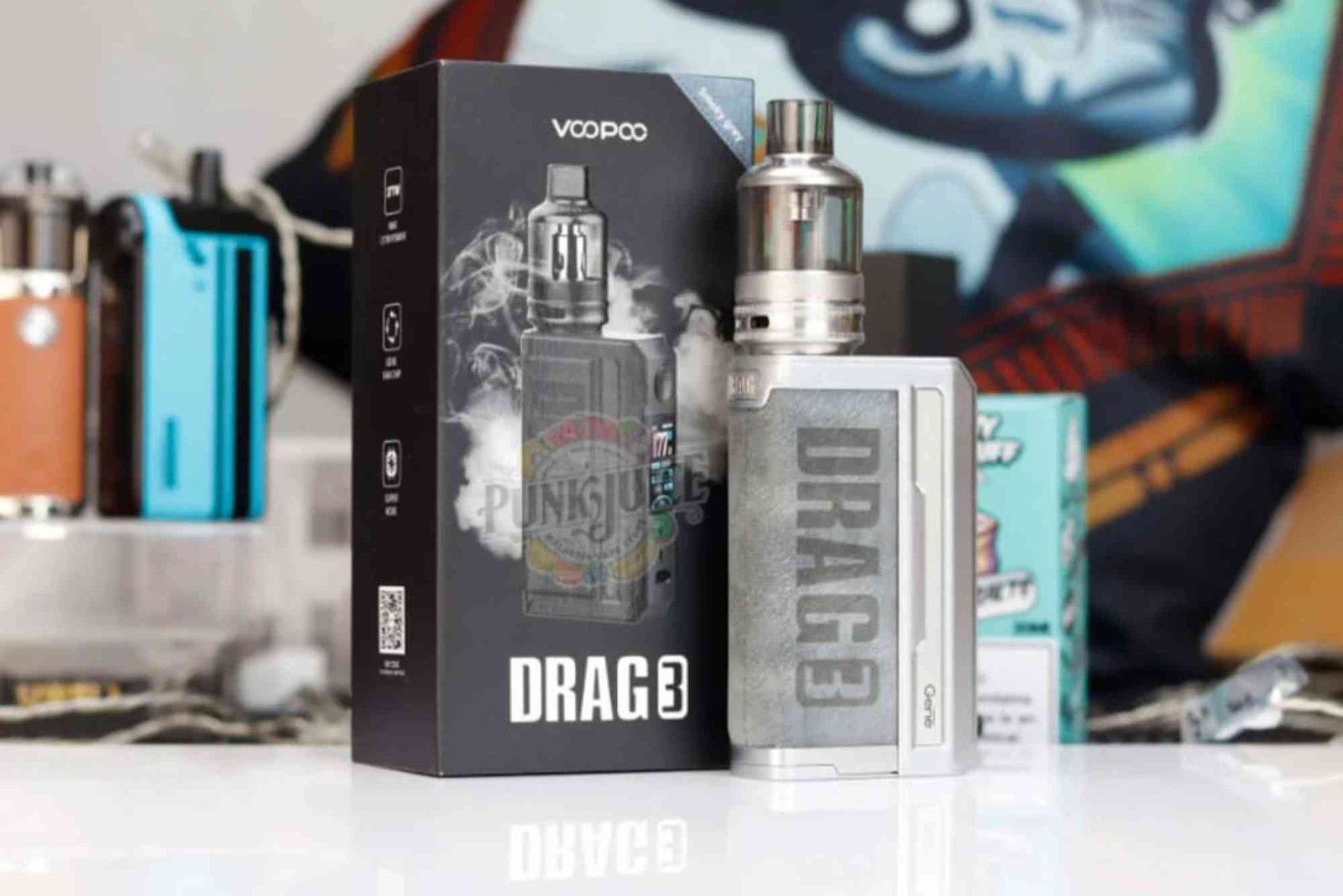Central inverters are integral components of large-scale solar power systems, converting the energy generated by solar panels into usable electricity. Understanding how they work can provide valuable insights into their importance in renewable energy production.

How Does a Central Inverter Work?
At its core, a central inverter serves as the bridge between the solar panels and the electrical grid. Here’s a step-by-step breakdown of its operation:
- Energy Collection
Central inverters are connected to multiple solar panels, often arranged in large arrays. As these panels capture sunlight, they generate direct current (DC) electricity. The central inverter collects the DC output from all connected panels.
- DC to AC Conversion
The primary function of a central inverter is to convert DC electricity into alternating current (AC) electricity. This is essential because most electrical grids and household appliances use AC. The conversion process involves several key components:
– Power Electronics: The inverter uses power electronic devices like transistors to switch the DC current on and off rapidly, creating an AC waveform.
– Transformer: In many central inverters, a transformer is used to step up the voltage of the AC output to match the grid requirements.
- Grid Synchronization
Once the electricity is converted to AC, the inverter synchronizes the output with the grid’s voltage and frequency. This ensures that the electricity can be safely and effectively fed into the electrical grid.
- Monitoring and Control
Modern central inverters are equipped with advanced monitoring systems that track performance metrics such as energy output, voltage levels, and system health. This real-time data allows operators to diagnose issues quickly and optimize performance.
- Safety Features
Central inverters incorporate various safety features, including protection against overvoltage, short circuits, and grid failures. These mechanisms help prevent damage to both the inverter and the solar panels, ensuring reliable operation.
Conclusion
Central inverters are essential for the efficient operation of large solar power systems, enabling the conversion of solar energy into usable electricity. Their ability to handle high power outputs and provide advanced monitoring makes them a vital component in the renewable energy landscape.
One of the prominent names in the central inverter market is Sungrow. With a strong track record of innovation and reliability, Sungrow stands out as a leading manufacturer of central inverters. Their commitment to quality and sustainability positions them at the forefront of the solar industry, helping to power a greener future.






